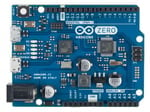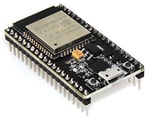Due to unrelenting progress in the semiconductor industry, microcontrollers like the Arduino development boards and Esp32 have come a long way in recent years and are readily available for projects of all kinds. Home and even single-board computers (SBCs) are great, but they have limitations, particularly if you need something to be battery-powered or a slimmer form factor is favored over hardware performance.
Embedded projects are where the microcontroller is ideal. It can perform a single task at booting and doesn’t need an operating system like Linux or Windows, as is the case for SBCs. Microcontrollers can be found in microwaves, automobiles, and heart monitors, just to name a few examples.
But which is best for your personal projects? Tough to say, but to start, let’s take a look at two of the biggest names in the industry.
Arduino & Espressif Systems
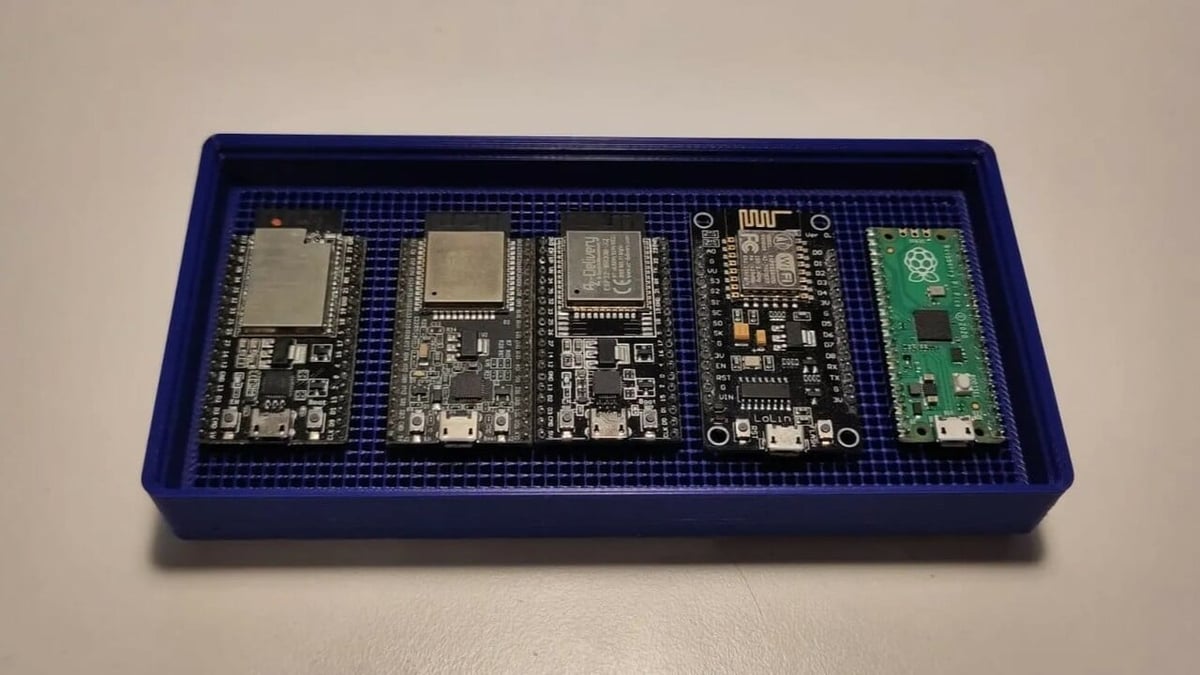
Perhaps the most popular brand of microcontrollers is Arduino. To be clear, the Arduino is a development board with a microcontroller chip. What began as a project in 2005 to provide students at the Interaction Design Institute Ivrea in Ivrea, Italy, with devices for physical computing, led to affordable and easy-to-use platforms. Since releasing their first board, the Arduino Diecimila, they’ve come a long way.
Espressif Systems is another world leader in microcontroller development. With offices in China, the Czech Republic, India, Singapore, and Brazil, they’ve brought the Esp8266 and Esp32 series of chips, modules, and development boards to the world, all starting in 2008.
Arduino has many development boards available, from the 8-bit Arduino Nano to the 32-bit Arduino Uno R4. On the other hand, the Esp32 is a series of low-power microcontrollers with integrated Wi-Fi and Bluetooth. Perhaps the closest Arduino board comparable to the Esp32 is the Arduino Uno R4 Minima, a 32-bit microcontroller-based development board. In this article, we’ll primarily compare the Uno to the Esp32 series module, covering some company backgrounds, tech specs, as well as functional similarities and differences.
Arduino
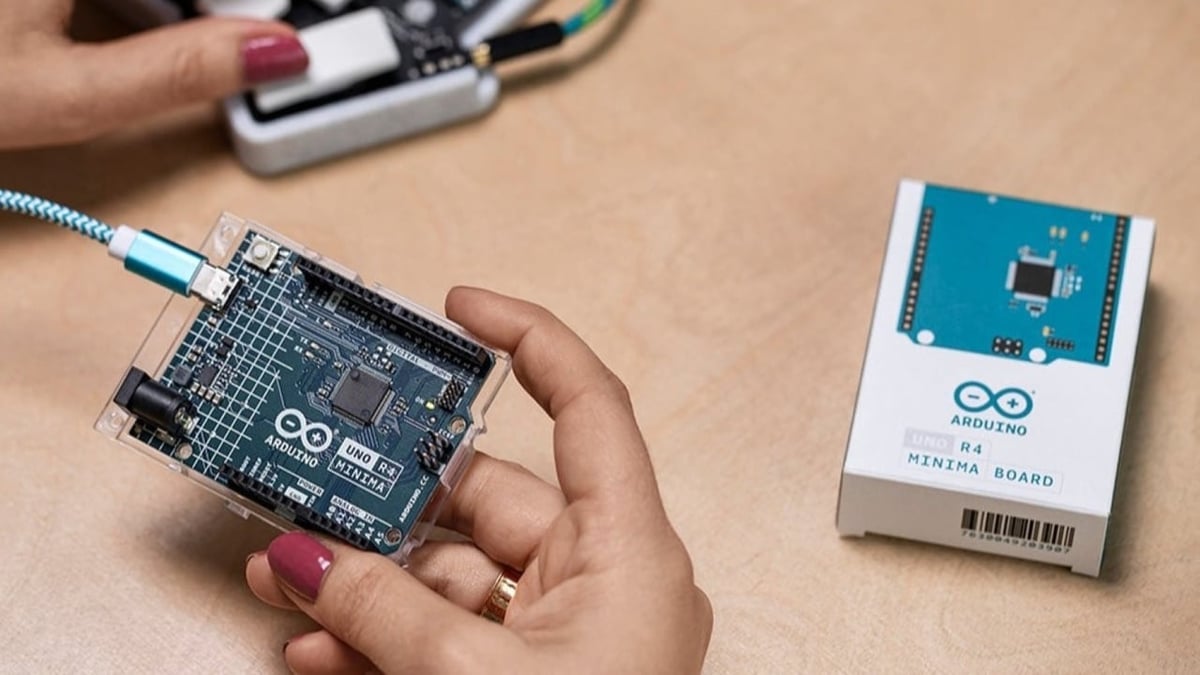
The Arduino family of development boards is based on a few different chips. As such, when we say “Arduino”, we normally mean the development boards that are designed and manufactured by the company called Arduino. Most Arduino boards are based on 32-bit ARM microcontrollers, although some still utilize older 8-bit AVR microcontrollers. The Uno R4 Minima is a part of the 32-bit range.
They are beginner-friendly as well as affordable, making them great entry points for getting started with embedded and low-power projects. At times, a project may also require a single task to work right away at booting, without the overhead of an operating system, a task that Arduino excels with. Another advantage of using an Arduino board is the ample community support available.
While boards like the Arduino Uno and Arduino Mega are commonly used, there are also other boards like the Arduino Nano. There’s even the Arduino MKR1000, which has built-in Wi-Fi, Bluetooth, and even a SIM card slot.
Esp32
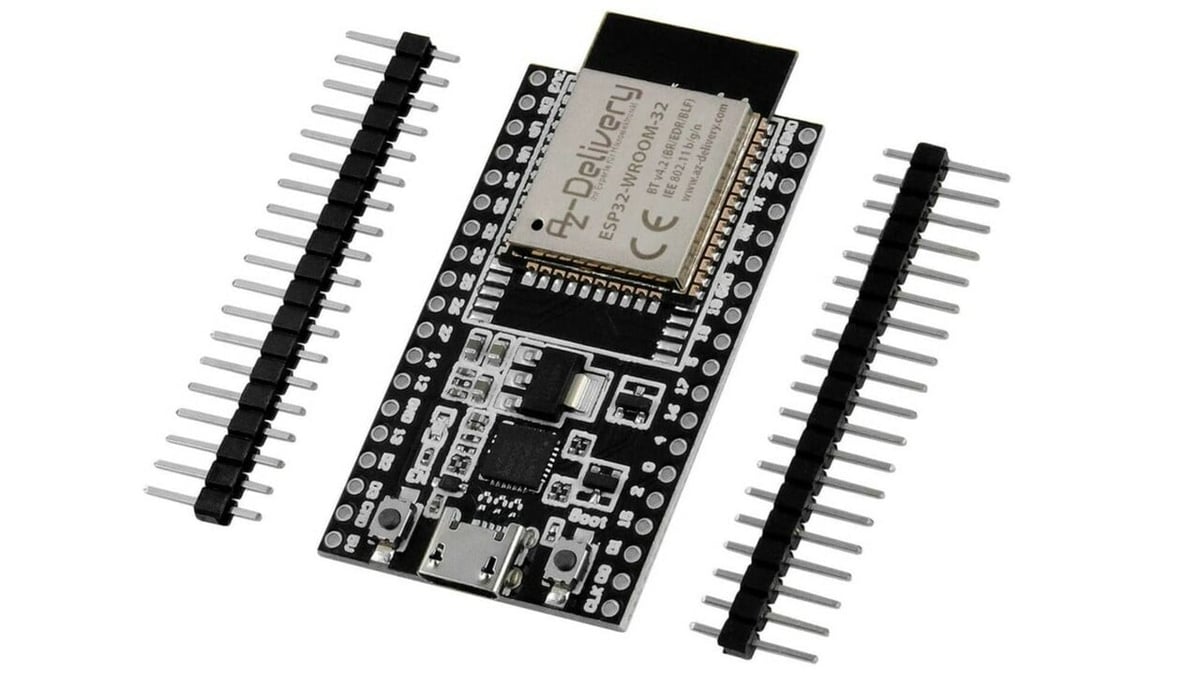
Now let’s take a look at a popular alternative, the Esp32 series module. Each of these packs a powerful 32-bit microcontroller manufactured by Espressif Systems. Note that Espressif also sells the system-on-chip itself as well as development kits, aside from the modules.
The Esp32 series is based on a 2.4-GHz Wi-Fi and Bluetooth combo chip. It’s designed to achieve the best power and RF performance. There are various Esp32 modules based on the Esp32-Solo, Esp32-WRoom, Esp32-WRover, Esp32-Mini, Esp32-Pico, and Esp32-DU series. They’re packed with integrated Wi-Fi, a full TCP/IP stack for internet connection, and Bluetooth 4.2!
Specifications Compared
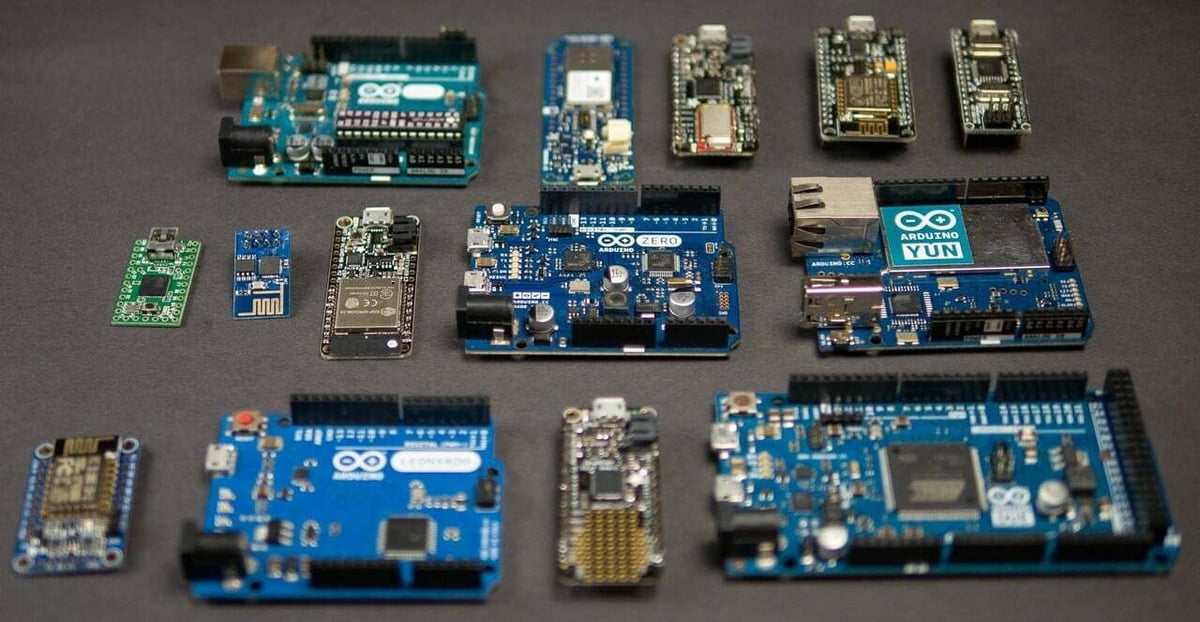
Processor
- The Uno R4 Minima has a RA4M1 chip, featuring a 32-bit ARM Cortex-M4 clocked at 48 MHz. For IoT applications, there’s also a Wi-Fi version.
- The Esp32 contains a dual-core 32-bit Xtensa LX6 processor clocked at 240 MHz.
Memory
- The Uno R4 Minima has 32 kB of RAM (used to store data while executing programs), 256 kB of flash memory (used to store programs), and 8 kB of data memory (used to store program data while powered off).
- The Esp32 has 520 kB of RAM and 4 MB of flash by default, with some modules containing up to 8 or 16 MB.
I/O
- The Uno R4 Minima has 20 I/O pins; 14 are for digital GPIO use and the other 6 are for analog input use.
- The Esp32 has 32 I/O pins.
Wi-Fi
- The Uno R4 can connect to Wi-Fi using a Wi-Fi shield, or the Arduino R4 Wi-Fi model can be used (more about this later).
- The Esp32 has built-in Wi-Fi capabilities.
Common Ground
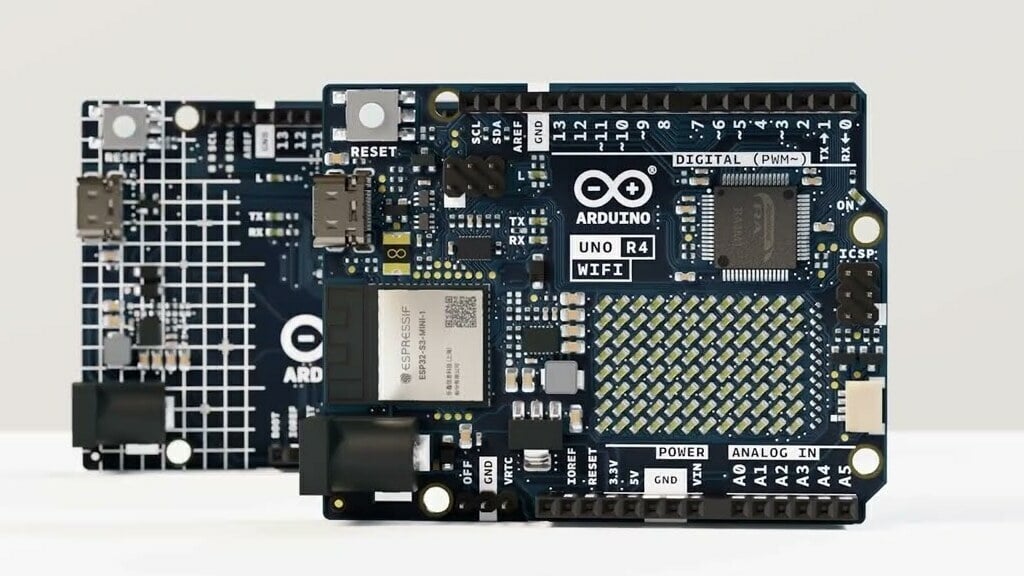
Perhaps one of the biggest similarities to note is that both are 32-bit microcontrollers and run at 3.3 V.
The next similarity is a built-in “debugger” for help with programming the microcontrollers. After all, there may be times when issues in code arise and you could use some help to examine the state of your program while it runs. In this way, you can track the operations in progress, monitor changes, and identify malfunctioning code. Both the Uno and Esp32 support this process but require an extra bit of hardware, known as a debug probe, to get everything up and running.
Additionally, Arduino offers a more advanced version of the Uno R4 Minima – the Uno R4 WiFi. This board offers the benefits of both microcontrollers, as it integrates an Esp32 module onboard! For the slightly higher price tag, this board gives users access to the higher performance and wireless functions that the Esp32 has onboard.
The Big Differences
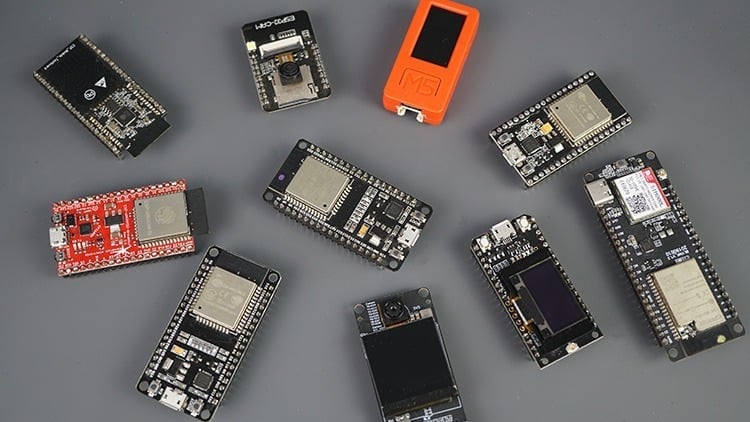
While there are several differences between Arduino and Esp32 boards, a few of the biggest are connectivity, clock speed, price, and accessibility.
In terms of connectivity, most Arduino boards don’t have Wi-Fi or Bluetooth functionality on their own, and this includes the R4 Minima. They require the use of an add-on Ethernet or Wi-Fi shield. On the other hand, the Esp32 has Wi-Fi capabilities built-in, making it suitable for IoT projects.
The second difference is that the Arduino Zero uses an RA4M1 chip with a clock speed of 48 MHz. By comparison, the Esp32 runs on a Tensilica Xtensa LX6 microprocessor with a clock speed of 240 MHz. It also contains two of these fast microprocessor cores.
Another big difference lies in the price. If you’re after a less costly board, the Esp32 is the better choice, with online prices as low as $10. Meanwhile, the Arduino Uno R4 Minima will go for at least double that amount.
Finally, even though the Esp32 may have the upper hand in the price and performance categories, Arduino has a massive library of shields, projects, code, guides, and more. This makes it the more accessible option, especially for newcomers to the microcontroller scene.
Final Thoughts
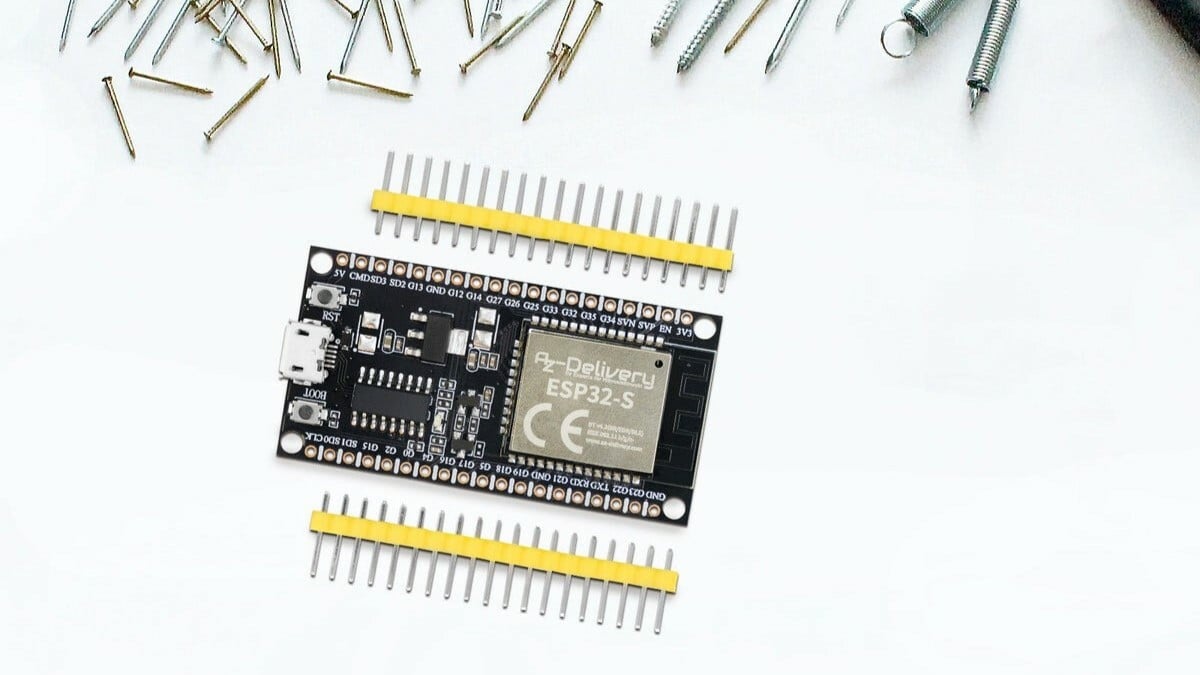
The Arduino Uno R4 Minima is comparable to the Esp32 in terms of suitable applications, for example, wearables, automation, and robotics. However, the Uno is still missing Bluetooth and Wi-Fi connectivity without add-ons or upgrades. Furthermore, the cost of Arduino and its add-ons comes at a higher price when the features are compared to those of the Esp32.
With that said, Arduino is the better choice for beginners since it also comes with plenty of material for STEM education. There are also many Arduino projects for engineering students and 3D printable Arduino project files, particularly robots, available.
On the other hand, the Esp32 is energy efficient with wireless technology and can operate in rough conditions, with operating temperatures between -40 °C and 125 °C. If you need Wi-Fi or Bluetooth connectivity for a project, like IoT, Esp32 boards are the obvious, cost-effective choice, and they may be better suited for intermediate or advanced users who need a powerful and feature-packed option.
License: The text of "Esp32 vs Arduino: The Differences" by All3DP is licensed under a Creative Commons Attribution 4.0 International License.
CERTAIN CONTENT THAT APPEARS ON THIS SITE COMES FROM AMAZON. THIS CONTENT IS PROVIDED ‘AS IS’ AND IS SUBJECT TO CHANGE OR REMOVAL AT ANY TIME.

